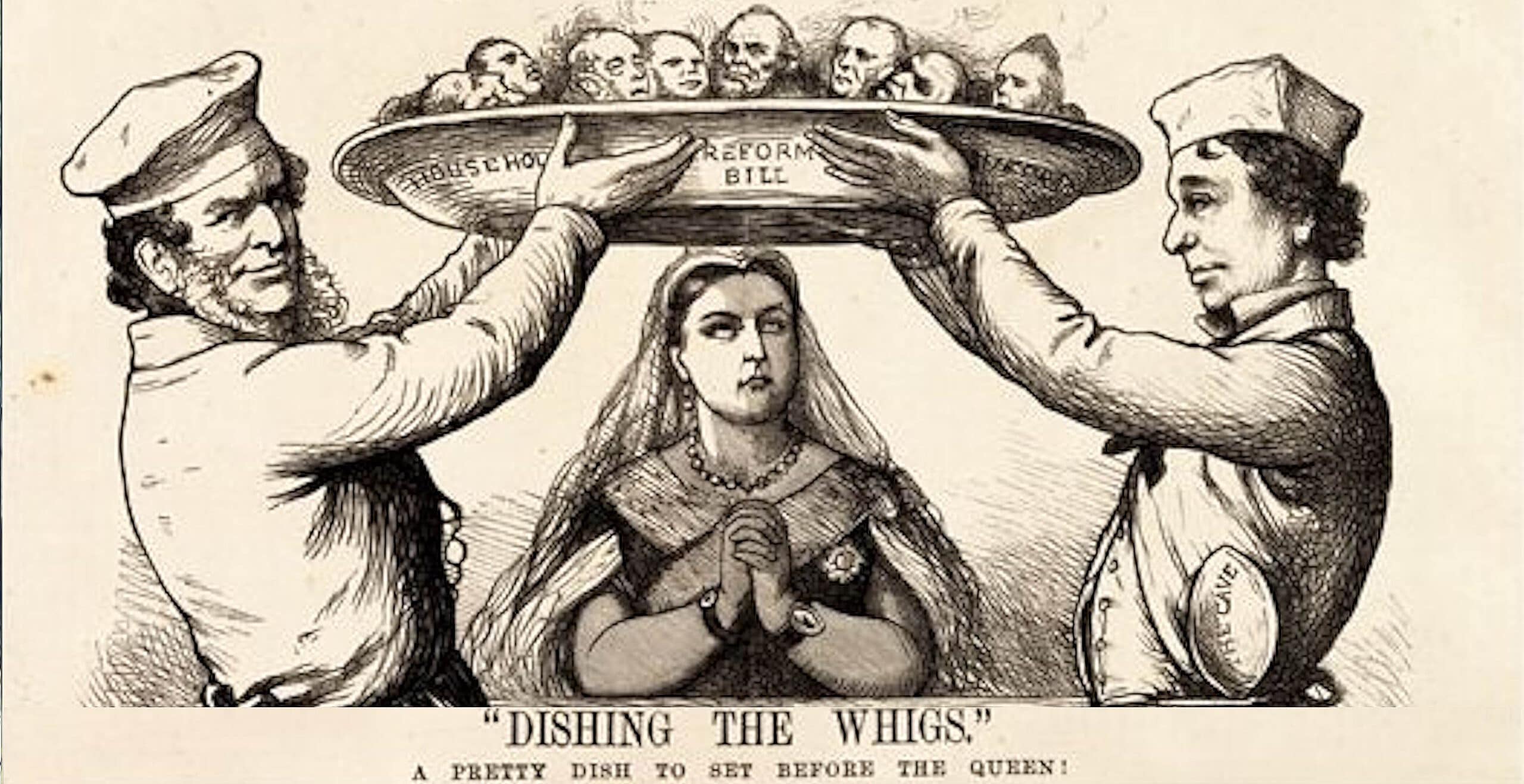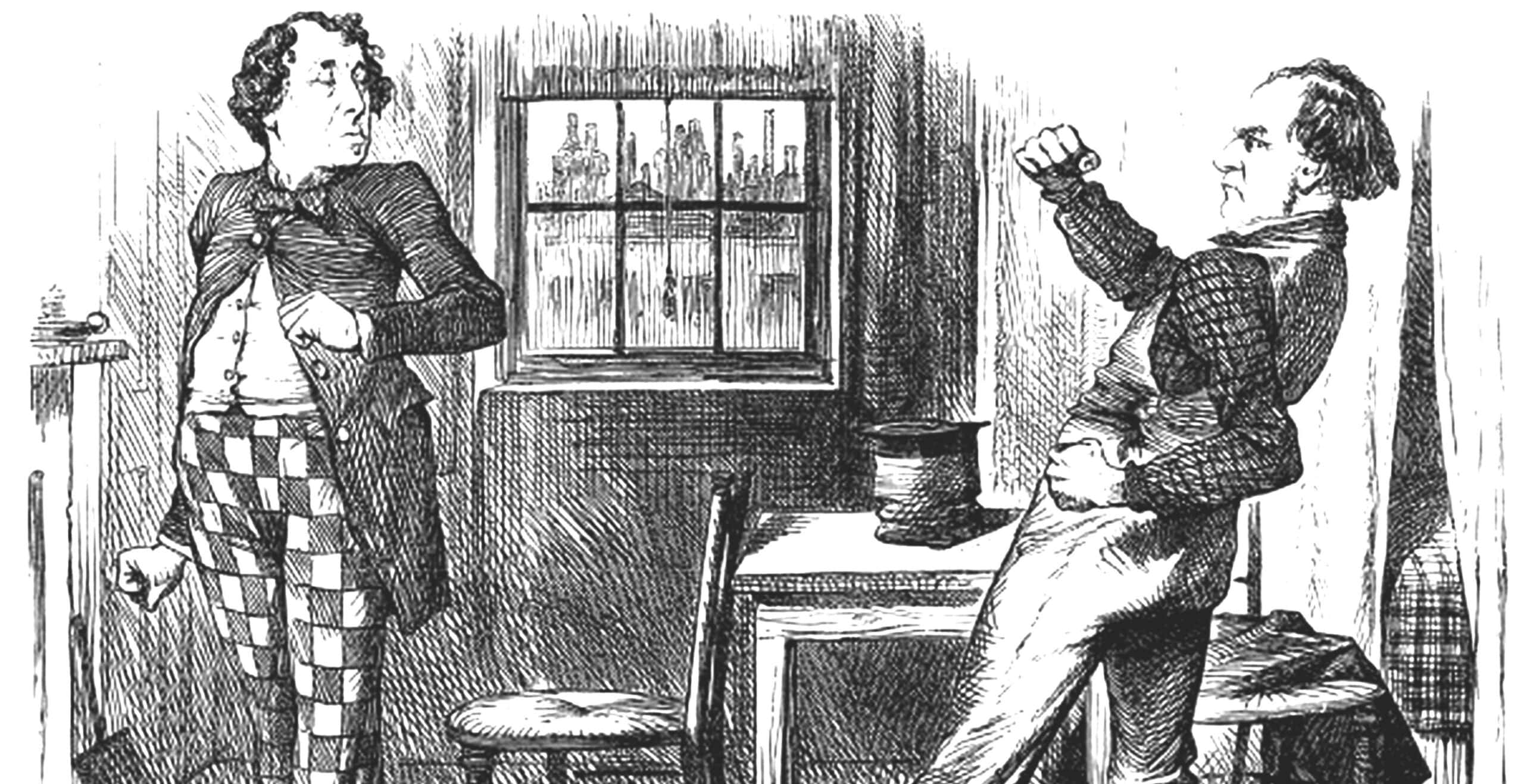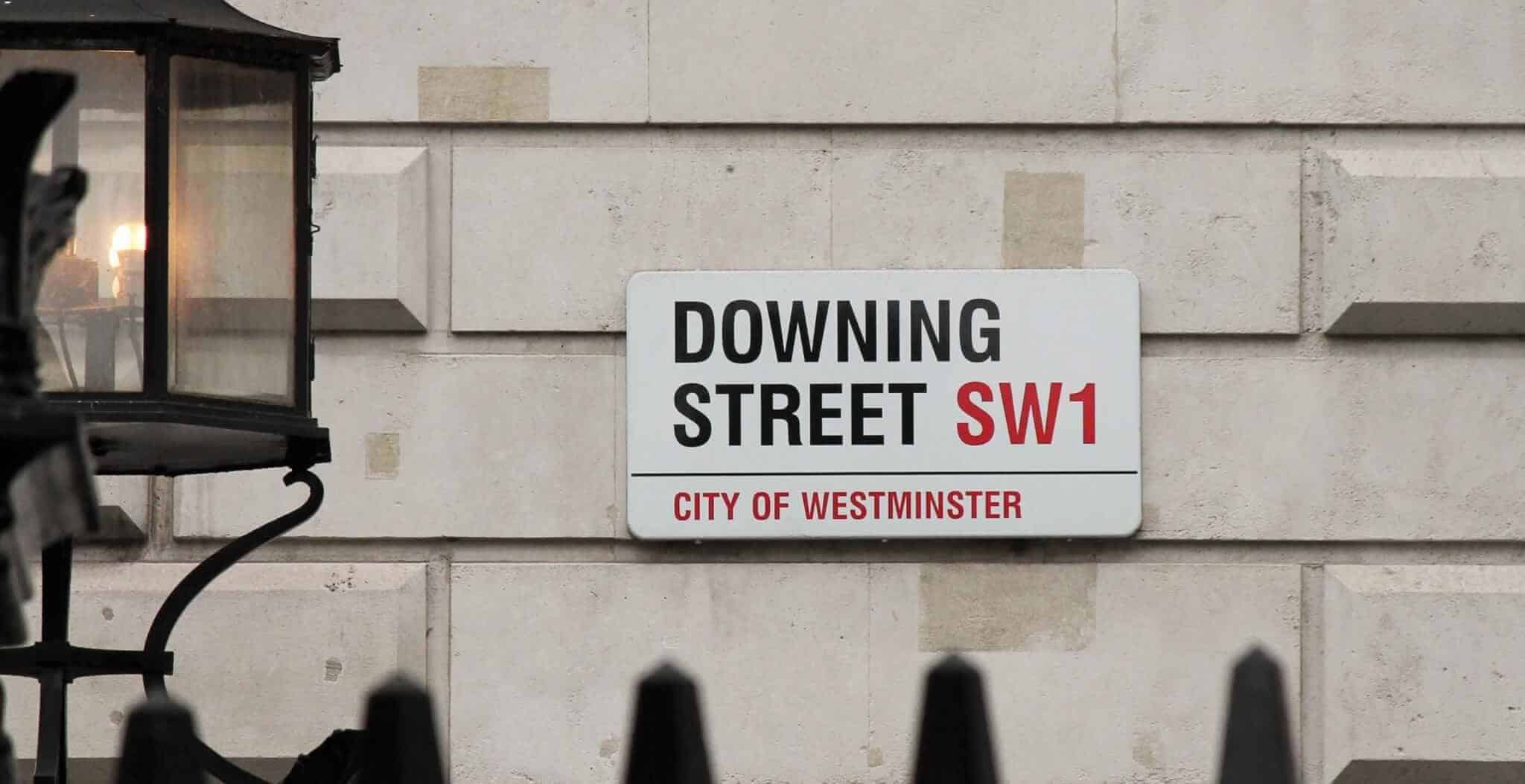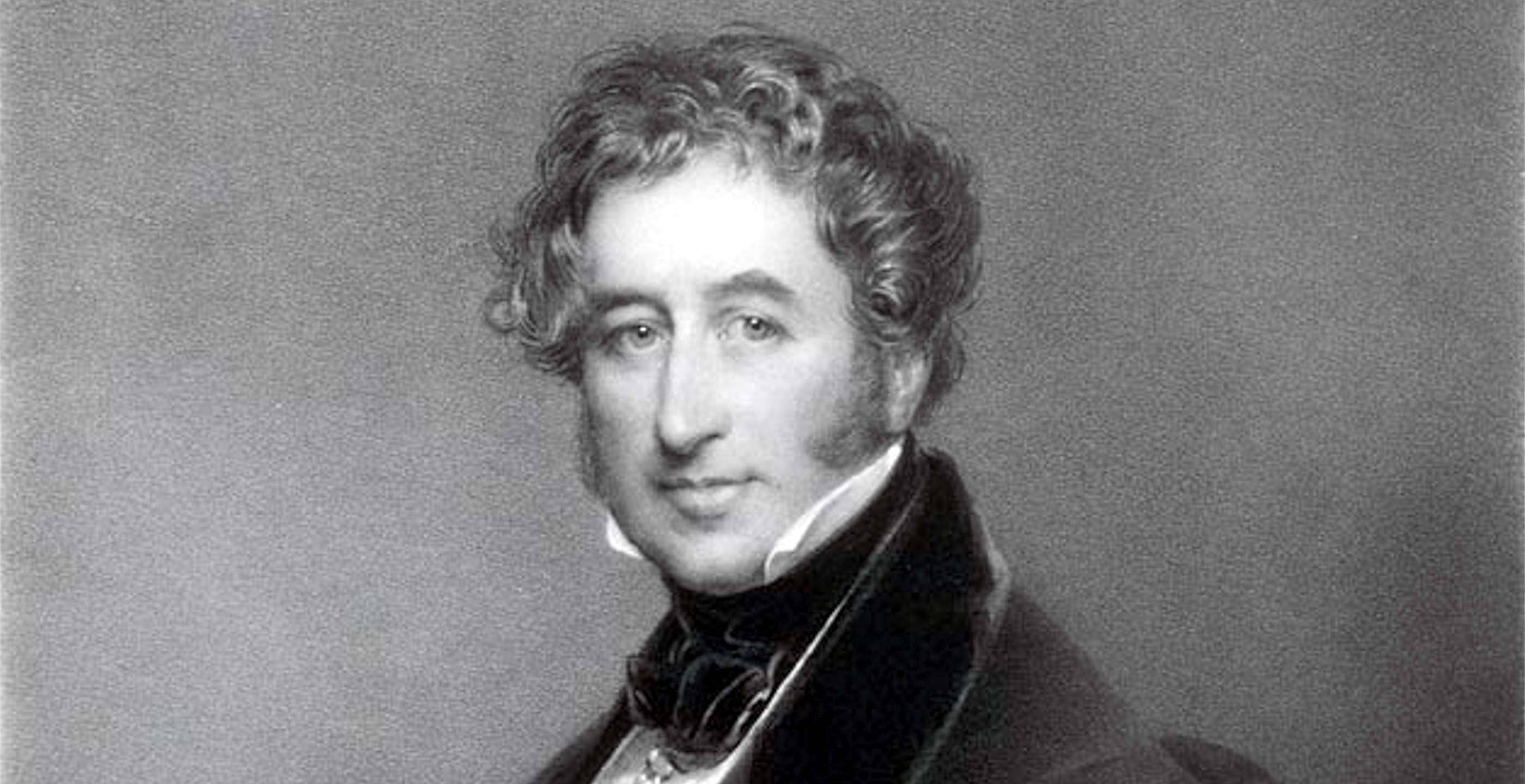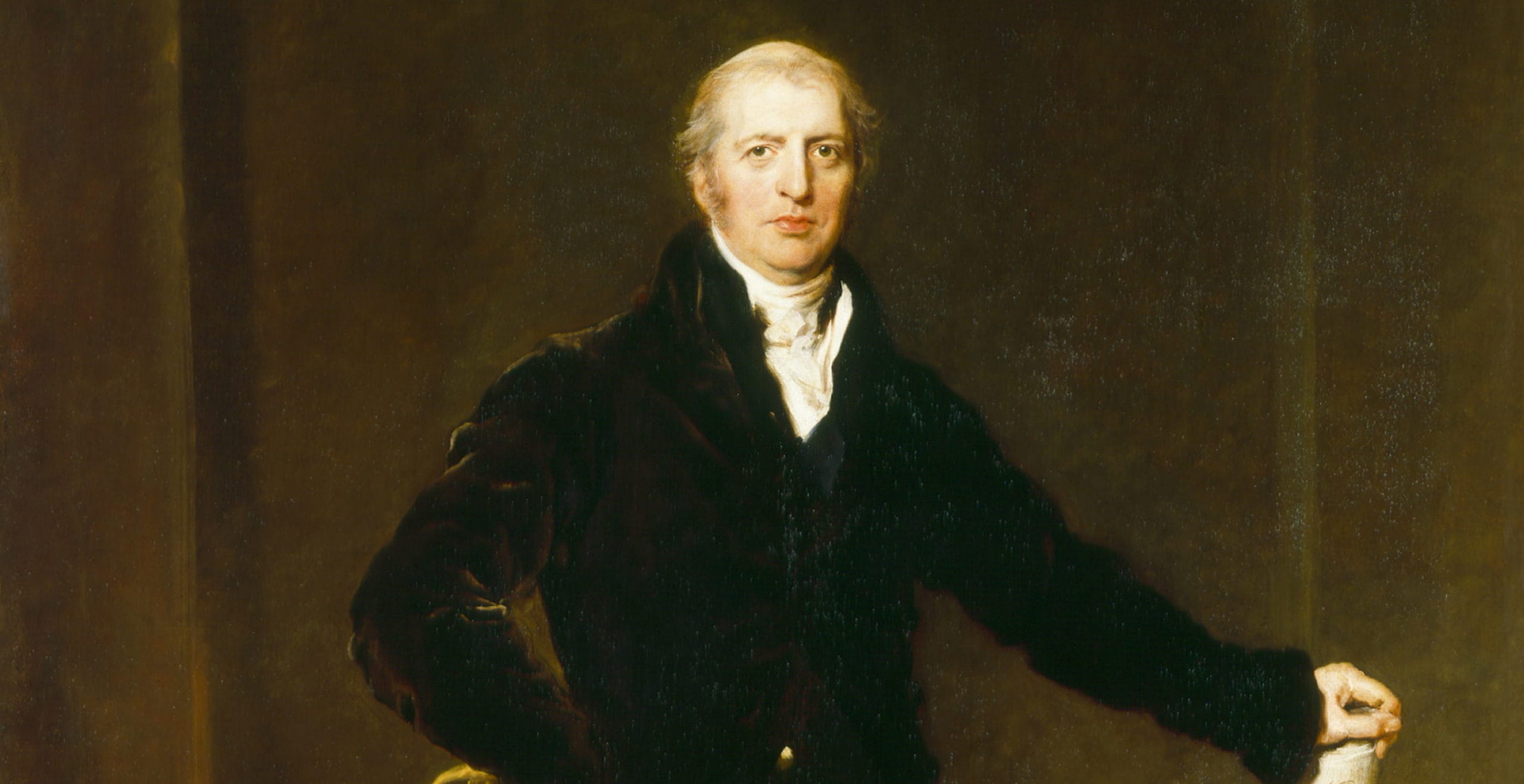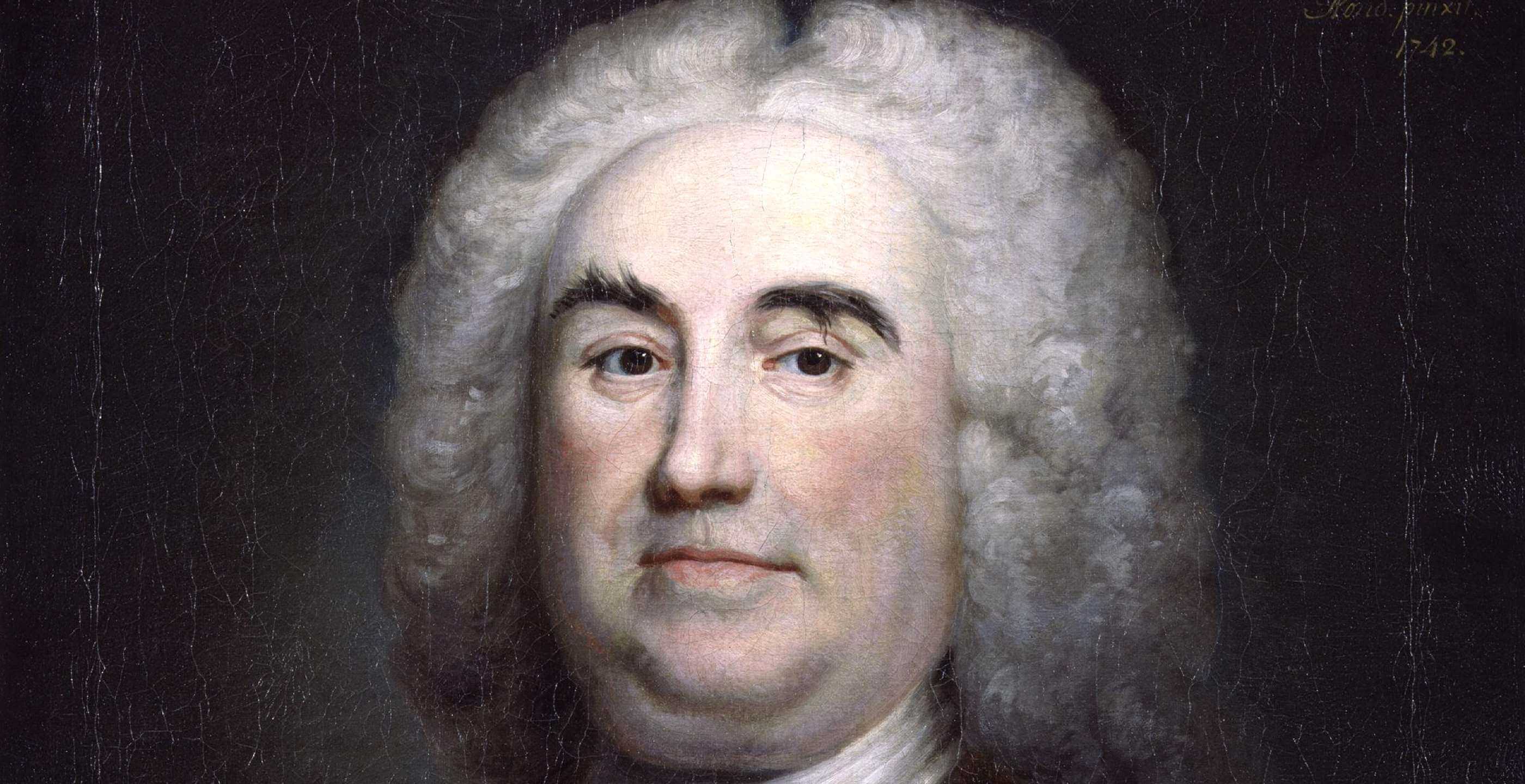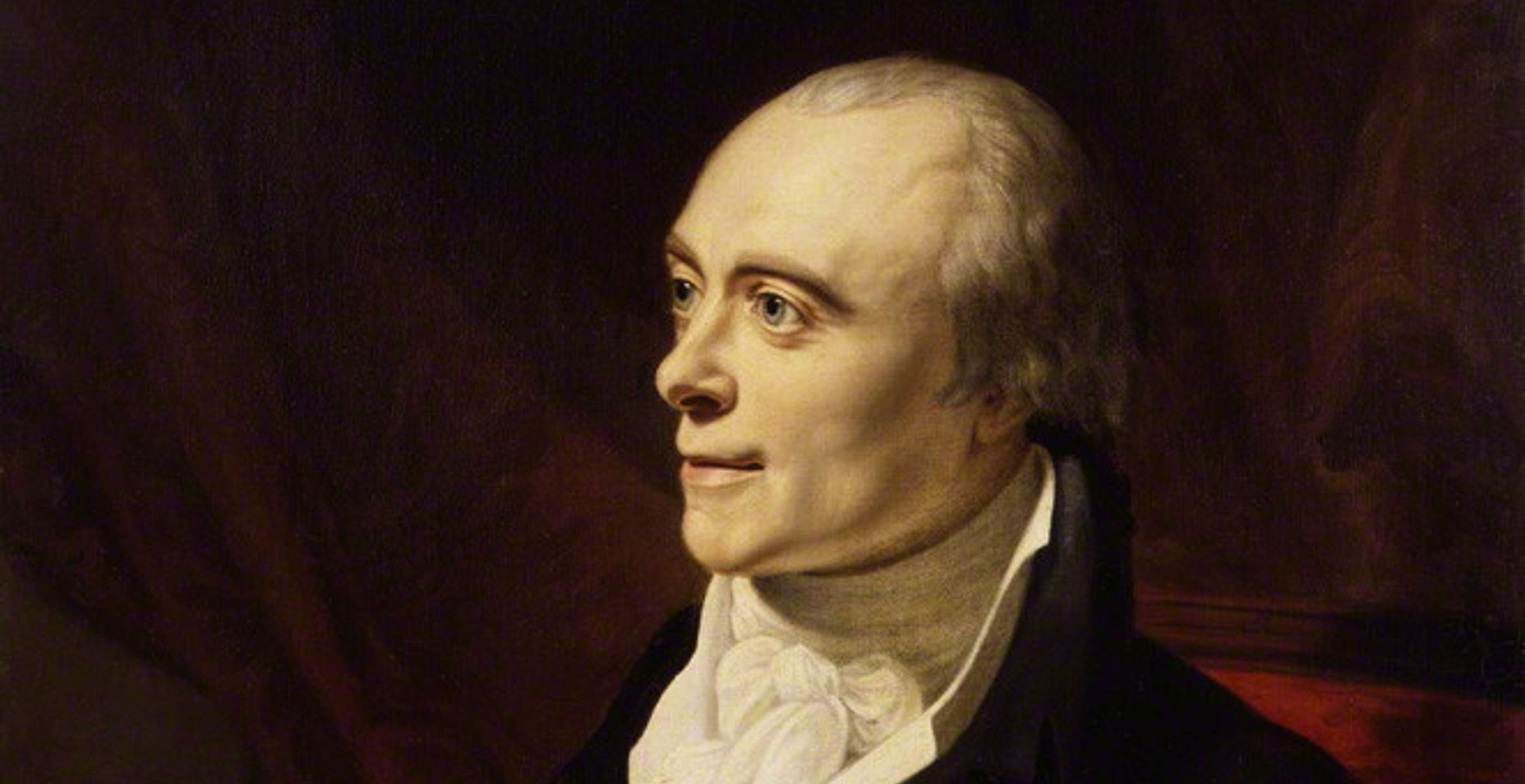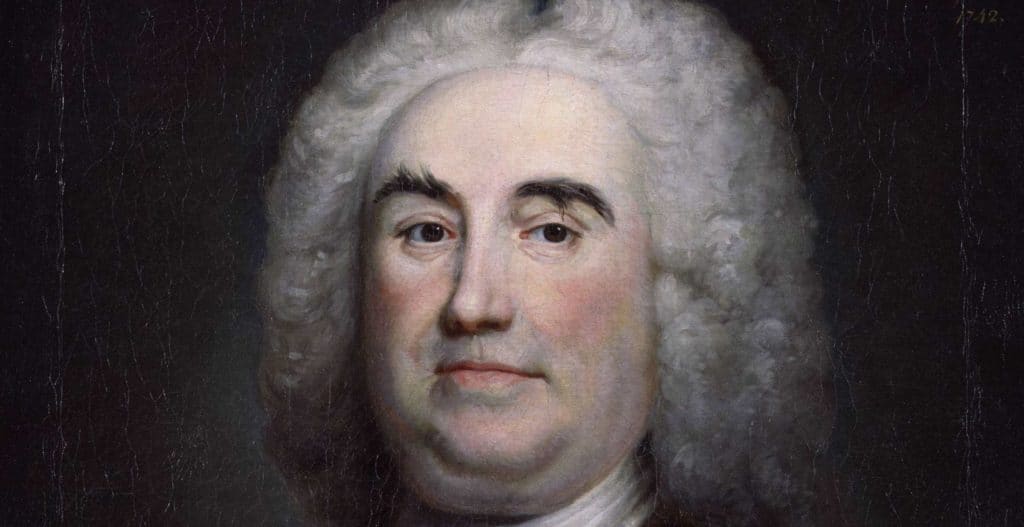The Whig Party, now the dodo of the political scene, was once a principal and leading opposition party to the Tories, representing the divisions caused by religion and class, dating back to the seventeenth century.
With other names such as the Country Party and even the Roundheads, the term Whig had Gaelic origins from a derogatory term used by the English to refer to the radical faction of Scottish Covenanters (Kirk Party) known for the Whiggamore Raid. The term was later abbreviated and used in political discourse during the Exclusion Bill crisis of 1679.
The crisis referred to the divisions within parliament over support for James, Duke of York as the King’s brother and heir presumptive.
Lasting two years during the reign of King Charles II, the Exclusion Crisis highlighted the wider issue of Catholic versus Protestant dichotomy which permeated politics, society, culture and the monarchy itself.
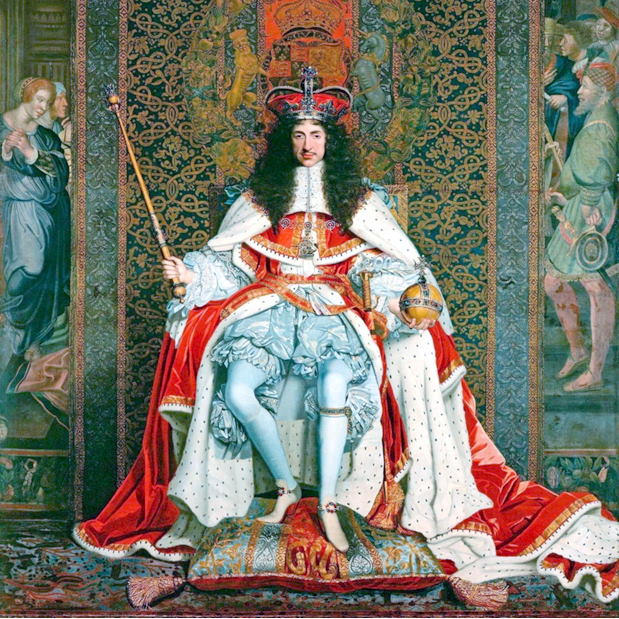
In the coming years, three exclusion bills were created in order to exclude James, Duke of York from the thrones of England, Scotland and Ireland on the basis that he was a Roman Catholic. Whilst none of these bills made it as far as becoming legislature, two significant political parties arose from the crisis, representing opposing views towards the monarchy.
The Tories advocated for his inclusion in the succession rights, whilst the Country Party (soon to be known and referred to as Whigs) were supportive of his exclusion based on his Catholicism.
It would take until 1701 before the issue was resolved when the Act of Settlement outlined the exclusion of Roman Catholics from the English, Scottish and Irish thrones.
The Whig Party and their supporters showed themselves to be concerned about his Catholicism, which they believed represented a shift towards the French stance and absolutism, which was derided by many in parliament.
In response, the Whigs began a campaign in which effigies depicting the Pope, friars, nuns and cardinals were paraded through the streets of London, only to be burned on a bonfire later, demonstrating their opinion of Catholic doctrine dominating the political and royal scene.
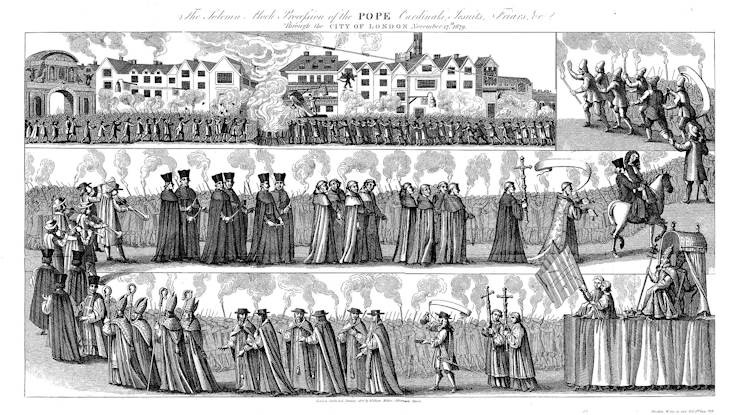
Under the leadership of Lord Shaftesbury, the Country Party (which was now referred to by many as the Whigs) were determined to see the Duke of York excluded from the throne. The characteristics of the party included the fear that Catholicism on the throne would create problems for the practise of Protestantism, liberty in general and property rights.
In May 1679, the first Exclusion Bill garnered significant support and secured a majority on its second reading, forcing King Charles to prorogue Parliament and then dissolve it, forcing elections which only reinforced the power of the Whigs.
The newly elected parliament did not come together however for another thirteen months, with Charles hoping that a time delay would calm tensions.
When eventually the parliament did meet in October 1680, the Exclusion Bill passed through the Commons without any issues, but was met by resistance from the Lords.
Charles subsequently dissolved Parliament yet again at the beginning of the following year, however once more, the Whigs did not suffer in the upcoming election results.
By March 1681, the next Parliament was meeting at Oxford but only lasted a couple of days before King Charles dissolved it again.
Without Parliament, the Whigs began to fall apart and Charles secured further backing from King Louis XIV in his opposition to the Whigs.
Such issues came to a head with the Rye House Plot of 1683, named after the medieval mansion located in Hertfordshire. The plot emerged from the fact that the Whig faction were left with no lawful methods at their disposal to prevent the Duke of York eventually ascending the throne.
Some in the party had more extreme ideas and planned from Rye House to ambush the royal family on their way back from Newmarket.
Their plans however were scuppered by an unexpected fire at Newmarket which cancelled the races and disrupted King Charles and the Duke of York’s planned movements that day.
Nevertheless, swirling rumours of plots, assassination attempts and revolts abounded and a handful of men were subsequently executed for treason.
Repressive measures were introduced in order to calm tensions and ease the possibility of more rebellions against the monarchy.
In February 1685, James succeeded his brother Charles II as monarch and became King James II much to the dismay of the Whig party and its supporters.
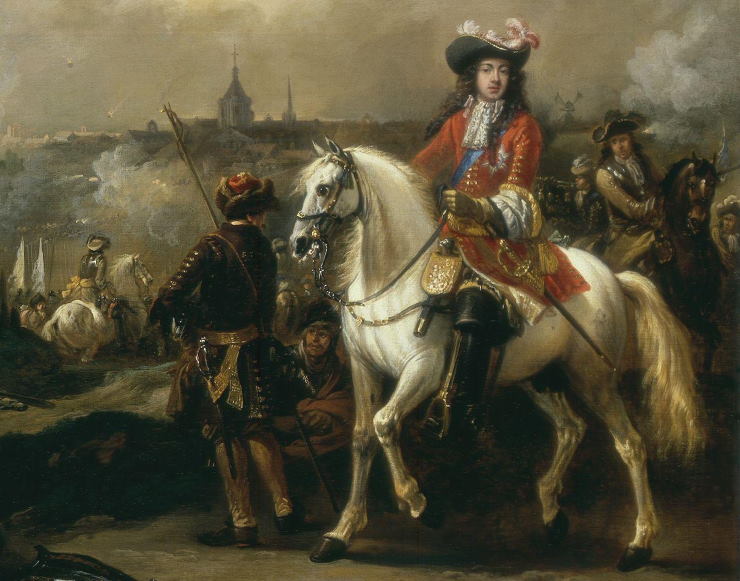
A few months later the Monmouth Rebellion broke out in the West Country, in an attempt to depose him as king. Meanwhile, the Argyll Rising took place simultaneously in Scotland with the same goal in mind.
Whilst the uprisings proved unsuccessful, in the coming years events would quickly hasten James’s departure from the throne.
After initially receiving enough support to become king, his policies sped up the process of transforming political dissatisfaction into a full-blown political crisis. The birth of his son in June 1688 displaced his Protestant sister Mary as heir presumptive. Now faced with the prospect of a Catholic dynasty, opposition groups began to mobilise and turned their attentions to Holland, where Mary lived with her Dutch husband, William III of Orange.
What happened next is referred to as the Glorious Revolution, whereby James II was deposed and replaced by his daughter, Mary II and her spouse, William of Orange, ruling as joint monarchs until her death in 1694.
Queen Mary II and King William III ruled with both parties, despite the obvious clashes in opinions regarding the monarchy.
The Glorious Revolution achieved a sort of equilibrium under the new monarchs, with Tories tolerating a version of the Whigs preference for constitutional monarchy rather than absolutism.
Over time, the composition of the government changed to include a dominant group known as the Junto Whigs (a young gathering of politicians). This led to some conflict within the Whig party itself, causing a division.
The balancing act of both parties appeared to work for the most part during William’s reign however his successor, Queen Anne had different ideas as her sympathies saw her side with the Tories.
Under Queen Anne, the Tories maintained their position against religious toleration.
Meanwhile, the Whigs found more support amongst the aristocracy and those with substantial financial interests such as landowners.
By 1714, the political scene was about to change as the death of Queen Anne ushered in the reign of King George I who was supported by the Whigs. In the following year, the Tory leader, Henry St John, 1st Viscount Bolingbroke fled to France after his involvement in the Jacobite rebellion of 1715 which sought to overthrow the new king George I. This had the effect of eroding the political power base which the Tories had cultivated over the years.
Moreover, in the coming decades, the power of the aristocrats who identified themselves as Whigs grew, whilst the Tory camp suffered the reputation of being known as Jacobites.
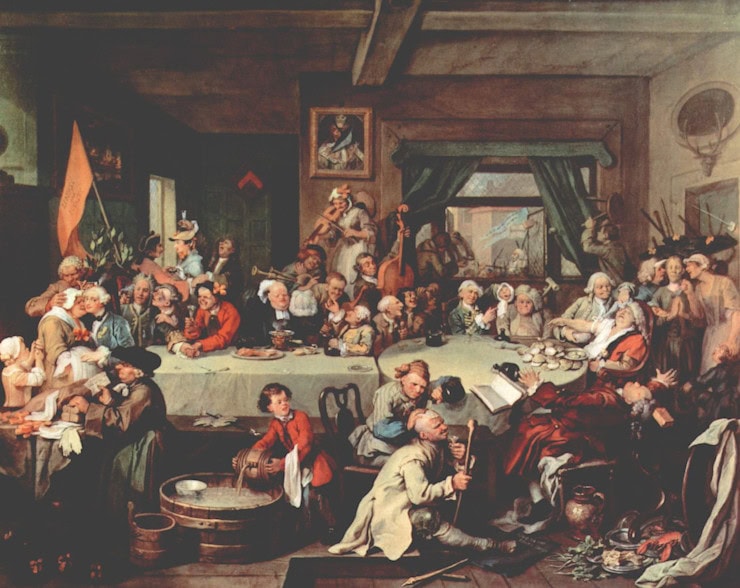
By the time of King George III’s reign in 1760, the Whigs and the Tories had dissolved into smaller groups, entertaining personal interests through connections and patronages within Parliament.
Better known as the “king’s friends”, George III had a desire for non-party administration in order to draw his ministers from across the political spectrum.
The defining political features of both parties would cement themselves later, with the two parties impacted by international events such as the American Revolution.
Individuals campaigning in the colonies began to refer to themselves as Whigs, seeing a parallel with the movement in Britain but when they became motivated by desires for independence, they re-aligned themselves as Patriots. Meanwhile, the Americans who referred to themselves as Loyalists were supporters of the monarchy and thus referred to as Tories.
By 1833, America established a Whig Party based on opposing the presidency of Andrew Jackson.
Meanwhile, in Africa, the True Whig Party emerged in Liberia, inspired more by the American version than the British, but thus demonstrating the political traditions which criss-crossed continents.
By 1784, the new Tory Party was led by William Pitt the Younger, whilst in opposition the revitalised Whig Party was led by Charles James Fox. At this time, the Whigs continued to represent the values of religious dissenters but also those more broadly seeking reform.
The advent of the French Revolution impacted the support of the party as some of the more moderate voices amongst the Whigs chose to switch allegiances and joined Pitt.
In the coming century, the Whig party as well as the Tories were in their swansong, with new political identities emerging for both parties under new leadership and with re-aligned values, the two traditional rivals in Parliament had run their course.
The Tories transformed themselves into the Conservative Party whilst the Liberal Party emerged from the Whigs.
The reform driven characteristic of the Whig party finally reached its climax in 1832 with the introduction of the First Reform Act which expanded the franchise.
Ironically, the expansion of the electorate to include the middle classes as well as their admittance to the House of Commons propelled the dying days of the Whigs into a new era of middle-class liberalism.
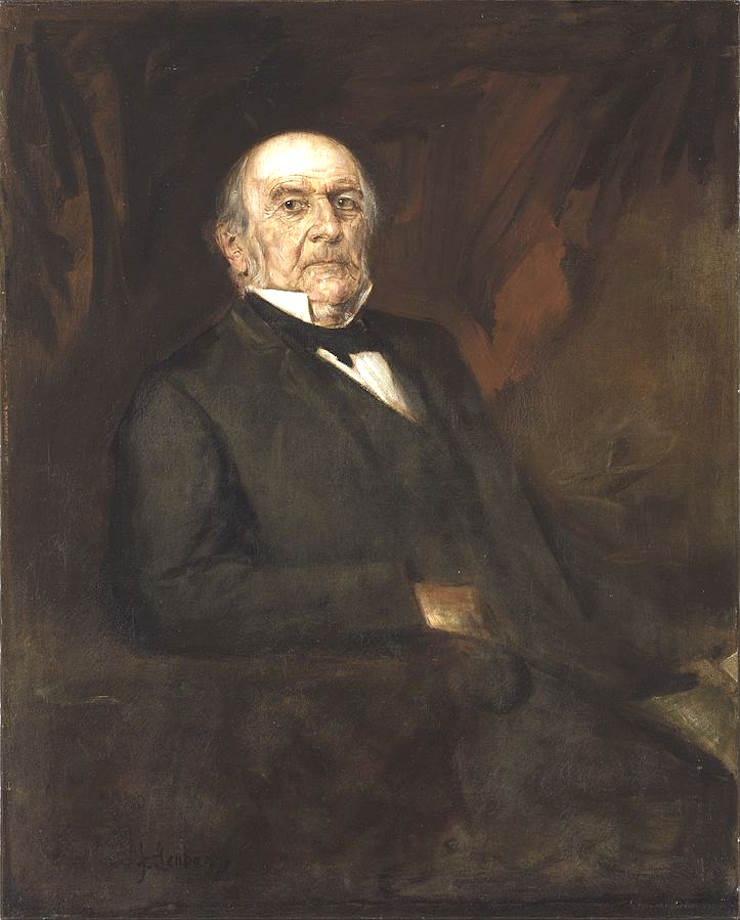
Gladstone would emerge as the first leader of the modern Liberal Party and thus cement the demise and extinction of its predecessor the Whigs.
Whilst the Conservative Party adopted the label of Tory, Whig ceased to retain much meaning in the newly formed Liberal Party.
Thus, a new frontier of political rivalry emerged between the Conservatives and Liberals, with both parties inheriting much from their predecessors.
The Whig Party was first and foremost a political party of reform and opposition. Its history is one of long and complex British political traditions and machinations of Parliament which continue to play out to this day.
Jessica Brain is a freelance writer specialising in history. Based in Kent and a lover of all things historical.
Published: 25th June 2024
